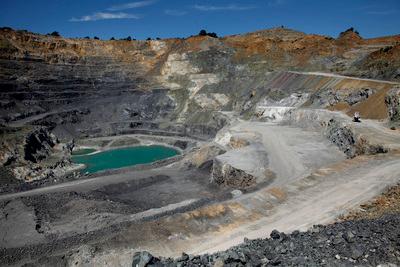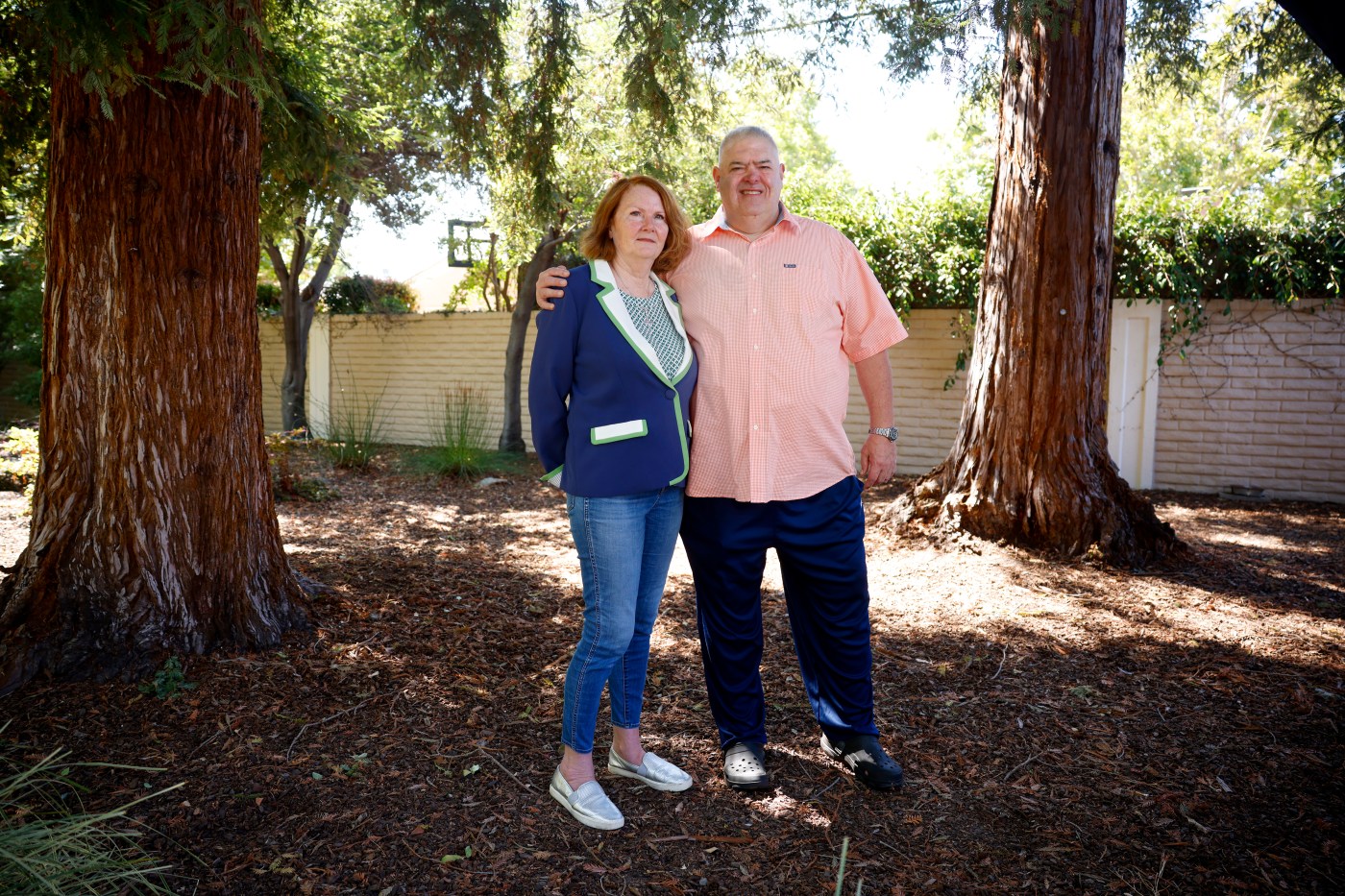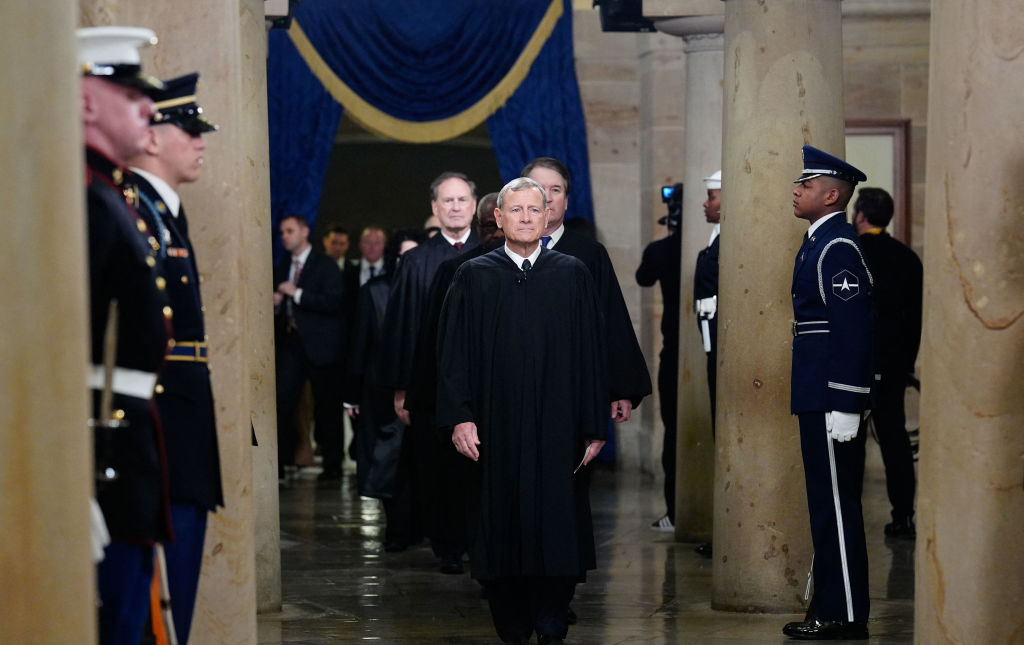A large quarry and cement plant in the hills west of Cupertino that have existed for decades are winding down operations. But work on environmental projects to clean up their past is only beginning.
On Tuesday, officials from Heidelberg Materials, a German company that owns the sprawling property, are scheduled to break ground on a long-awaited project to clean up years of mining waste and other damage that the facility caused to Permanente Creek, a stream that flows from the Santa Cruz Mountains past the quarry site and into San Francisco Bay.
The work was required as part of the settlement to a lawsuit filed in 2011 by the Sierra Club against Lehigh Southwest Cement company, the previous owner of the property.
Under the settlement, the company is required to restore 3.5 miles of the creek by 2030. The restoration will remove tons of sediment that include selenium, nickel and other toxic metals that washed out of the quarry over the years. Workers also will plant native vegetation, build pools for trout, and stabilize slopes. The project’s original cost was estimated at $10 million in 2013, and is almost certainly significantly higher today.
“We’re relieved that it’s finally actually happening,” said Katja Irvin, Guadalupe Group chair of the Sierra Club’s Loma Prieta Chapter, which is based in Palo Alto.
“There is mining waste in the creek, and concrete barriers in the creek,” she added. “The slopes have been eroded. All of those problems eventually will be fixed. It’s definitely taken a long time. But it’s going to bring the creek back to a habitat that can support fish like steelhead and trout.”
Officials for Heidelberg, whose U.S. operations are based in Irving, Texas, did not return calls seeking comment.
The company owns 3,510 acres around the quarry, an area three times the size of San Francisco’s Golden Gate Park.
Although mining operations date back to 1902 on the site, more modern facilities were established by industrialist Henry J. Kaiser in 1939. In recent decades, the facility produced more than half the cement used in the Bay Area and 70% of the cement used in Santa Clara County.
Its cement built Shasta Dam, Highway 101, Highway 85 and other major Northern California landmarks.
But the facility, whose kilns heated limestone to 2,750 degrees, also has been one of the Bay Area’s largest polluters, ranking at or near the top of Bay Area industrial sites for emissions of greenhouse gases and airborne mercury.
In 2023, Heidelberg signed an agreement with the Santa Clara County Board of Supervisors to shut the cement plant for good, several years after the company had attempted to expand operations at the quarry but was rebuffed by county officials and neighbors.
“It became increasingly clear that the operation of the quarry and plant was not possible in an environmentally sound or sensible way in a well-developed area,” said former Santa Clara County Supervisor Joe Simitian, who led efforts to shut operations down before leaving office in December. “The quarry was played out. Additional excavation would have required chopping the top off the hillside and that was a non-starter.”
In 2015, previous owner Lehigh Southwest Cement agreed to pay $7.5 million to settle water pollution charges from the U.S. Environmental Protection Agency. That deal required it to build facilities to treat the water before sending it to the creek and to pay $2.5 million in penalties.
The Sierra Club had sued the company four years earlier over water pollution issues. That lawsuit claimed the company was violating the federal Clean Water Act because it had been discharging selenium, nickel and other pollutants from the quarry pit into Permanente Creek without the proper permits and in violation of its storm water discharge permit.
In 2016, Howard Lloyd, a federal district court judge in San Jose, signed off on a settlement agreement between the company and the Sierra Club called a consent decree.
That document spelled out how the company would restore the creek and required the work to be finished within 5 years of obtaining permits from the Army Corps of Engineers, the National Marine Fisheries Service, Santa Clara County, and the California Department of Fish and Wildlife.
It was unclear Monday why the work has taken so long to get started.
A larger question is what the ultimate fate of the quarry site will be. Simitian said although the cement kilns are shut down, and the quarry cannot expand, workers at the site continue to process surplus rock material into aggregates that are used in construction.
Heidelberg is working on an environmental impact report to update its reclamation plan. Under state law, mine owners in California are required to restore, or reclaim, the land after mining operations are completed.
Heidelberg could fill in much of the vast quarry with material from other construction sites across Northern California, charging the developers of those properties money. But that would bring thousands of truck trips through Cupertino neighborhoods for decades. It also could attempt to build housing on some of the land, although much of it is steep. It could sell much of the property to Santa Clara County or the Midpeninsula Regional Open Space District for an eventual park after cleaning it up.
One nearby example: A former East Bay quarry in Fremont near the San Francisco Bay shoreline, the Dumbarton Quarry, was converted over 14 years into a new public campground that opened in 2021 as part of the East Bay Regional Park District. That former gravel pit that was 320 feet deep, and in operation from the 1950s until 2007.
The current Santa Clara County supervisor for the quarry area, Margaret Abe-Koga, plans to host a public meeting from 6:30 pm to 8:30 pm on July 31 at the Quinlan Community Center, 10185 North Stelling Road, in Cupertino to provide updates and offer residents an opportunity to ask questions.





